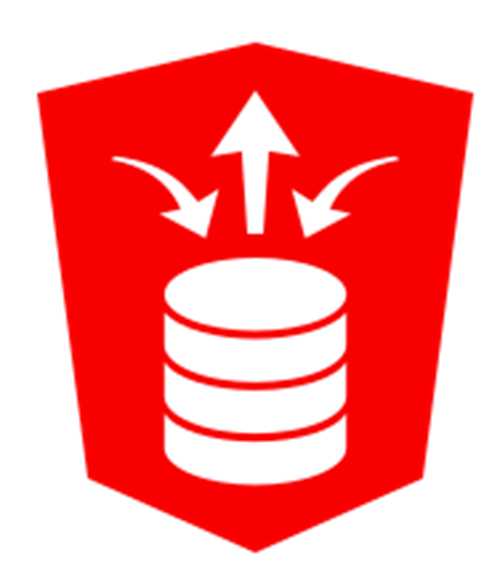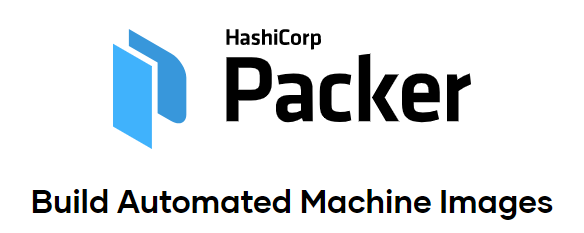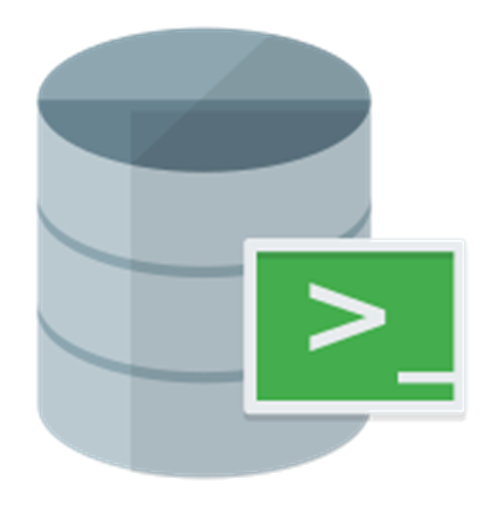In my never ending quest for automation, I finally got round to looking at the Oracle REST Data Services (ORDS) Database APIs.
These have been around for some time, but I was testing them for the first time using ORDS version 20.2, so I was basing my tests on that version of the documentation, and more importantly version 20 of the APIs.
The are several sets of APIs, and they don’t have the same dependencies or authentication methods. It’s not that big a deal once you know what’s going on, but it confused the hell out of me for a while, and the documentation doesn’t give you much of a steer for some of this.
PDB Lifecycle Management
My first tests were of the PDB Lifecycle Management endpoints. I enable all the relevant features in my normal installation, but there was one big road block. I always install ORDS in the PDB, and this feature only works if ORDS is installed in the root container. This makes sense as the management of PDBs is done at the root container level, but I prefer not to put anything in the root container if I can help it. I uninstalled and reinstalled ORDS so I could give it a go. This resulted in this article.
The PDB Lifecycle Management functionality seemed better suited to a self-contained article, as it is only available from a CDB installation, has its own authentication setup and only has a small number of endpoints. The available APIs are kind-of basic, but they could still be useful. It will be interesting to see if this expands to fit all the possible requirements for a PDB, which are now pretty large. I suspect not.
Most of the other stuff
Next up was “most of the other stuff”. There are too many endpoints to go into any level of detail in a single article, so I figured this should focus on the setup to use most of the other endpoints.
There are two methods of authentication discussed. The default administrator approach, which is good because it hides the database credentials from the user making the API calls. Instead they use application server credentials mapped to the “System Administrator” role. This is similar to that used by the PDB Lifecycle Management feature, except that uses the “SQL Administrator” role, and the ORDS properties are different..
The other approach is to use an ORDS enabled schema. This will be very familiar to people already using ORDS, but it comes with one big disadvantage compared to the previous method. For this functionality you have to expose the database credentials of the ORDS enabled schema to the person calling the API. Normally we would not expose these, instead using another form of authentication (Basic, OAUTH2 etc.) to allow the user to gain access. Even then the ORDS enabled schema would be a weak user that only has access to the specific objects we want it to interact with, but in this case it’s a DBA user, so it makes me nervous. Using the default administrator method the caller is constrained to some extent by the APIs, but with the database credentials they have everything if they have direct access to the database server. It’s probably insignificant when you consider the amount of damage someone could do with the APIs alone, but I feel myself wincing a little when putting DBA credentials into a HTTPS call.
For me as a DBA/Developer I would see myself as the person using these APIs to develop something, whether that was an automation, or an application. If this were to be handed over to a developer to do the work, these security questions may be a much bigger issue.
Having read that, you are probably thinking, just use the default administrator method then. I would, only some APIs don’t work with that method. Some seem to only work with the ORDS enabled schema method for authentication, while others only work with the default administrator method. What’s more, I don’t see any reference to this in the documentation. The API doc doesn’t even mention the default administrator approach, and the setup doc doesn’t mention the limitations on any of the approaches except the PDB lifecycle management. As a result, I think you will need to use a mix of the authentication methods if you plan to use a variety of functionality.
The good thing is they can all live side-by-side. At one point I was testing with a CDB installation of ORDS with credentials for PDB Lifecycle Management, default administrator and ORDS enabled schema authentication all configured at the same time. No problem. It’s just confusing when endpoints fail and you have to “trial and error” your way through them. It would be nice if there was a grid of which groups of endpoints need which type of authentication.
Now I am a noob, so maybe I’ve missed the point here, but I spent a long time trying out variations, and this seems like the way it is. If someone can educate me about why I am wrong I will willingly amend the articles, and this blog post. 🙂
Thoughts and what next?
At this point I’ve just been finding my feet, and I’m not sure what I will do next. There are some endpoints that interest me, so I might do separate articles on those, and refer back to the setup in the above articles. Then again, it may feel like just regurgitating the API documentation, so I may not. It’s worth taking a look at the available endpoints, broken down into these main sections.
- Clusterware CLIs
- Data Dictionary
- Environment
- Fleet Patching and Provisioning
- General
- Monitoring
- Performance
- Pluggable Database Lifecycle Management
Some will require additional setup, but many will not.
From the look of it, the vast majority of the endpoints are for reporting purposes. There are far fewer that actually allow you to manipulate the contents of the database. You can always write your own services for that, or use REST Enabled SQL to do it I guess. The question will be, can I get enough value out of these APIs as they stand to warrant the investment in time? I’m not sure at this point.
Cheers
Tim…
PS. If you were watching my twitter feed over the weekend and wondered what bit of tech I gave up on. It was this. I’m very stubborn though, so I came back…






